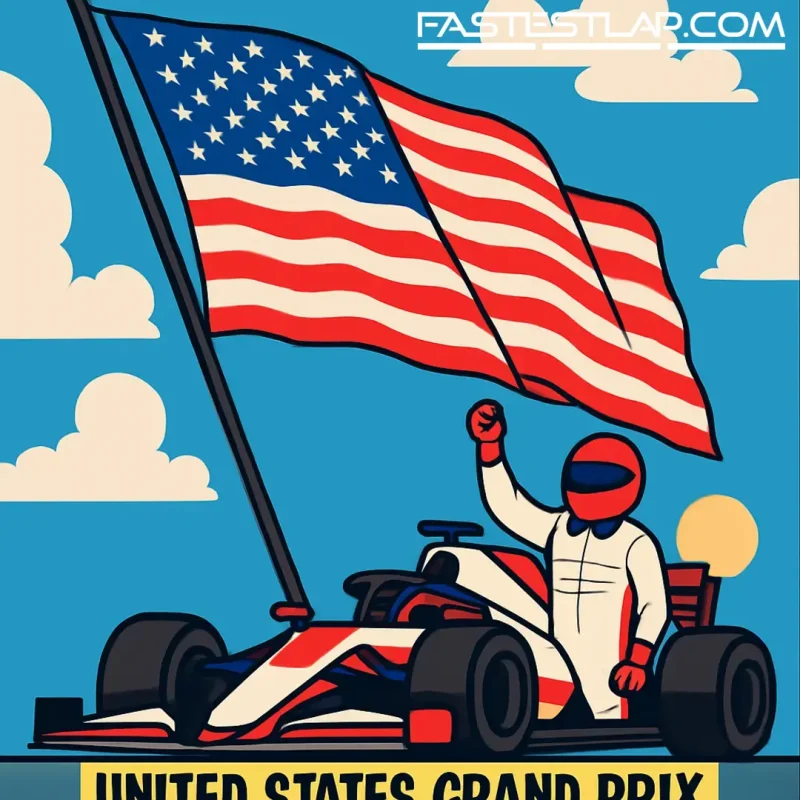Austin’s F1 future locked in: COTA signs through 2034
The big hill at Turn 1 isn’t going anywhere. Formula 1 has inked a new eight-year deal with the United States Grand Prix promoters, keeping the Austin round on the calendar through 2034 and cementing Circuit of the Americas as the long-term anchor of F1’s American footprint.
The extension was announced on Sunday ahead of the USGP by F1 CEO Stefano Domenicali and COTA chairman Bobby Epstein, closing the loop on a week that saw a key local funding vote fall into place. As reported locally, the Circuit Events Local Organizing Committee approved the state-backed support COTA receives via the Texas Major Events Reimbursement Program—clearing the way for a fresh contract.
Since its debut in 2012, COTA has grown from brave experiment to sold‑out staple. It’s the place that proved the sport could thrive in the US before Miami and Las Vegas arrived with neon and noise. The numbers have followed—so have the storylines. From Lewis Hamilton’s last McLaren win in 2012 to the Verstappen-Hamilton title‑era dust‑ups, Austin’s delivered.
“Since 2012 the United States Grand Prix has continued to grow in strength and popularity,” said Domenicali. “Each year, the event at the Circuit of the Americas stands out as a true highlight for fans, drivers, and teams alike, drawing hundreds of thousands of passionate supporters… As Formula 1 continues to grow and thrive in the United States, we are proud to extend our partnership with Bobby Epstein and his outstanding team in Austin, as well as with Governor Abbott.”
Epstein, never shy about COTA’s ambitions, called the deal a milestone—one that would push the venue past Watkins Glen as the longest‑serving F1 track in the United States once the term is up. “We’re glad Formula 1 has found a home in Texas,” he said, crediting fans and the city for turning the USGP into one of the world’s biggest single‑weekend sporting events with “an unrivalled annual economic impact.”
For F1, locking in Austin makes strategic sense. The championship’s 2025 calendar features three American stops—Austin, Miami and Las Vegas—and COTA brings a different flavor to the trio. Where Vegas is a glitzy night race and Miami leans into celebrity and campus‑style activations, Austin offers a proper purpose‑built circuit with a meaty first‑lap climb, a fast‑flowing first sector and a crowd that actually knows when to hold its breath.
It hasn’t all been smooth tarmac. COTA’s surface has fought the Texas heat and shifting ground more than once, and the bumps became a storyline as the cars got stiffer and lower in recent seasons. Each time, the track invested, ground down, repaved—whatever it took to keep the show sharp. That’s part of the point: this race has grown up with modern F1 and learned how to keep pace.
The on‑track record backs it up. Hamilton collected five wins here during the hybrid era boom, while the post‑2021 run swung in Red Bull’s direction with Max Verstappen stacking victories after the pandemic break. The circuit’s character rewards rhythm and tyre management, but it still bites on windy afternoons and delivers drama when strategy windows overlap. That blend is why teams like coming back—and why TV pictures from the esses always look good.
This deal also reinforces something the paddock quietly acknowledges: amid the new‑wave US grands prix, Austin is the constant. It’s central, it’s logistically sane, the fans buy Friday tickets, and the city actually embraces race week without trying to turn it into something it isn’t. For a championship eyeing stability while it navigates regulations and manufacturer projects, an assured Austin tilts the balance toward certainty.
What’s next? Expect the event to keep leaning into its strengths: proper racing, smart entertainment, and that uniquely Austin atmosphere where a world championship weekend shares the skyline with barbecue smoke and guitar amps. And with the 2025 Formula One World Championship running a packed schedule that includes all three US rounds, the United States Grand Prix remains the one that feels purpose‑built for both the cars and the crowd.
Twelve more years of that hill. Twelve more years of the roar as the field fans out into Turn 1. It’s the kind of continuity F1’s American charge needed—and Austin just banked it.




